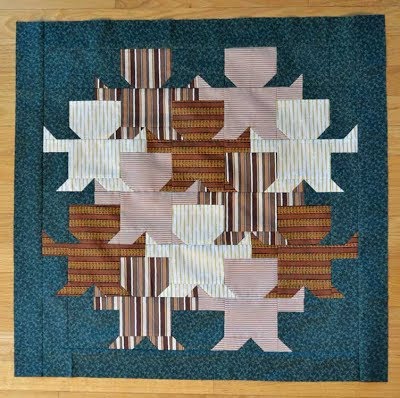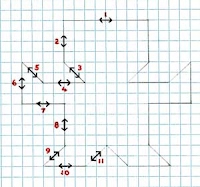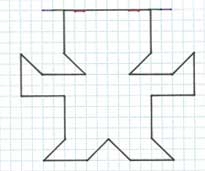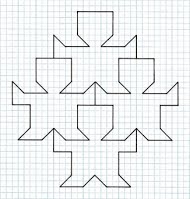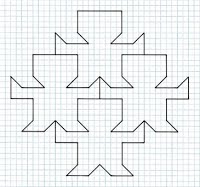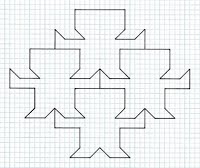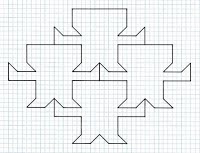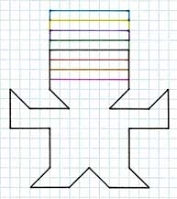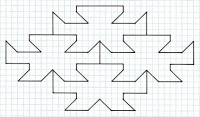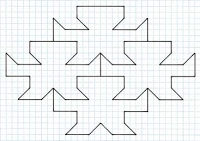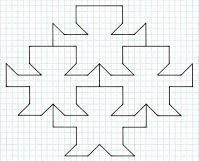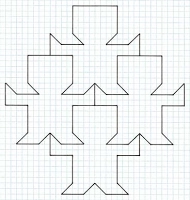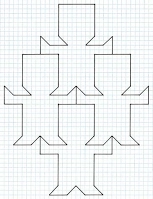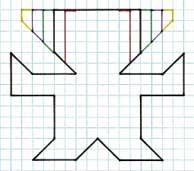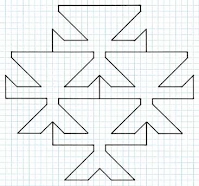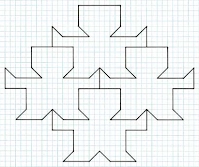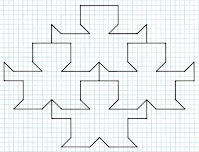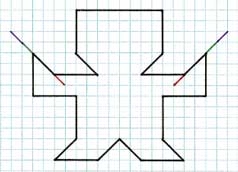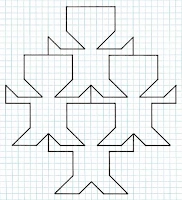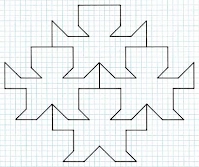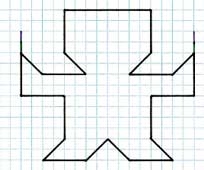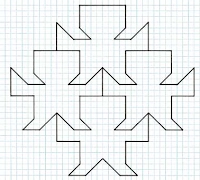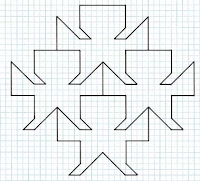Under Construction A (poor) mathematician’s apology re G. H. Hardy style re Bart Braun inspired studies of a human figure
Prologue For what you are about to view and read, dear reader, I apologise in advance for what is an incomplete and essentially aborted study, albeit remaining of interest. Despite a seemingly simple premise as detailed in the study below (and of which it surely is, as it is not of a Newtonian nature in scope (which would be laughable), or even more mildly ‘advanced’, I simply could not resolve the study to anywhere near a successful resolution. Close, yes, but far from finished. Upon the initial Bart Braun figure, it may, as a concept, and indeed in practice then appear simple to ‘vary’ the figure in various ways, for the purpose of seeking out improvements. Indeed, as a concept, it is, but it is seemingly not possible to do so in an all-encompassing manner, with the analysis complete, without any loose ends remaining. The problem is one of definition: define ‘variation of the figure’. One can have various variations where the figure is lengthened or shortened, but when doing so this then affect some parts sometimes, whilst others not. Further, sometimes the figure has minima, maxima, and then infinity possibilities. Possibly part of all this is caused by ‘shared lines’ (detailed in the study below). A feature of the Braun figure is that this is based upon a square, although this is not to say that all the lines meet at the vertices; they do not. Therefore, should the variation study be based upon a strict square, and nothing more, or more ‘looser’, as found when I vary, which results in underlying rhombuses? Omitting one or the other polygons misses out a whole host of interesting examples, and so I am inclined to include both. But how to marry both? It is all most frustrating; so near, and yet so far. Further, another aspect to all this is the now extensive time involved. I began what it thought would be a short study, perhaps of just a day or two to complete. However, days then turned into a week, and still it wasn’t resolved. Should I then continue, when with one more push it may be resolved? Or should I then stop, give up and in effect then throw away the past week’s work, when with a little more work it would likely be completed? And then a week turned into a month, with the same outcome…. Again, possibly time to abandon, but now with even more time wasted. Anyway, like a man in the desert upon seeing a water mirage, I continued to approach. A month then turned into two, then three months, and still it unresolved, of which I have decided enough is enough! And all of this is without adding interior detail, and so too without ‘flexing’, of which I began the study before reflecting on a better presentation.… I speak from bitter experience here timewise. In 2006, I previously began a colouring study of a tessellation bird (see Bridges colouration), with the same thought process as above, and of which lasted a whole year! The marginal benefits gained far outweighed the relative importance per se of the study, i.e. of just a colouration problem. Although the Little Men study is of much more inherent importance, I nonetheless cease, in comparison, ‘early’. However, not all is lost. The groundwork has indeed been laid. There are some fine individual figures, worthy of showing as tessellations in their own right. A period of time away from the study will surely permit reflection of how best to progress upon a latter-day return (of which I fully intend to undertake). So here it is, for better or worse… Introduction This study is somewhat different from the usual practices of my own invention, as instead, it arises from correspondence with the Canadian quiltmaker Bart Braun. Our interaction beginning on 6 May 2018, who upon his asking for permission for one of my tilings to use for a quilt, then drew my attention to his quilt tessellating work on the online marketing site ‘Bonanza’ (of which previously I had not heard of). One work, in particular, titled ‘Little Men’, Fig. 1, caught my attention due to its inherent quality. Upon further correspondence, and a request as to concept sketches, Fig. 2, this was sent, and other related figures on the same page, both below. As such, this is not strictly a single person study, and so matters of how best to attribute arise. Of course, in a sense, all this emanates from Braun, as without his work I simply would not have begun this. To what degree this can be considered as a single Braun or Bailey study or Braun-Bailey collaboration is a moot point. Certainly, there is no active mutual designing between us per se. More to the point, I build upon Braun’s work, and then expand, considerably so. Seemingly as ever, the study expanded more than anticipated. Note that a basic premise of tessellating art is that of striving for improvements upon the initial design, which is rarely ideal, complete as a finished work, although in the Braun Little Men this is an exception, in that the figure is already very good to begin with, and indeed could arguably serve as a finished work without further ado. However, even so, one should still seek improvements, which I now do. An observation of the figure is that the head and body are the same width, which is not ideal; ideally, these figure elements would reflect a smaller head and larger body as of a human. This aspect of improvement is all too often neglected, with the artist content with an initial design that although may be broadly acceptable, and indeed good, loosely defined, could, with a little extra effort, possibly be improved upon. Such strivings should be accepted with equanimity, although of course to a practical degree. For instance, as concepts, spending an hour making the figure 1% better, yes; to perhaps spend days or weeks, no. The various methodologies shown below are perhaps a little excessive, but as the figure showed such promise I consider that the time involved was indeed justifiable. Now, I begin by trying to improve upon the initial figure (i.e. Braun Little Men) in terms of its proportions, with what I title as figure proportion variations. As a concept, one could envisage a situation of various figure proportions in which the figure is lengthened or, shortened. Note that these processes cannot be carried out in isolation, as due to the tessellating nature by altering one part of the figure this affects another. To give an actual example, lengthening the head also lengthens the body (and vice versa). Any of these processes may be an advantage, neutral or disadvantage, although here, with a somewhat ‘compact’ figure, likely a lengthening would be advantageous. To this end, I now investigate, within a systematic premise, with line lengthening and shortening, Fig. 2, of which it can be seen that there are eleven possibilities. I qualify this ‘systematic premise’ by saying that I am not entirely happy with the procedures I undertake below; although seemingly of a simple concept, the figure, due to an ‘unusual’ symmetry arrangement of its lines, seemingly defies an all-encompassing study. However, although perhaps not ideal, it is nonetheless extremely thorough. Simply stated, I investigate specific figure parts, or regions. As can be seen, depending on circumstances, this leads to a situation where further continuation is inadmissible or can be continued to infinity, although where in such cases of the latter quickly become ridiculous in terms of ideal proportions of the figure, and so is then stopped after a few cycles. For each variation, I show in two parts first as a single figure, with colour-coded processes, and second by 2 x 2 tilings of the new figures thereof. Note that it can be seen that by lengthening/shortening/widening the Little Men figure the underlying square is typically, but not invariably, transformed into an underlying rhombus. An open question is to the integrity here. From a purist view, one can argue against this, as the defining underlying polygon is now lost. However, this seems a somewhat pedantic viewpoint, especially so as the figure does not directly lie on the square to begin with. Therefore, although all things being equal a square is preferred, there is nothing to say that this is the overriding value. As a broad statement, the rhombus variations have much of merit. Now, an open question arises as to the merits of the new figures. Are these, as a simple statement, better or worse than the original? Prefacing this is the statement of an initial ‘good’ figure, with reservations as to head to body width (detailed above) and ratio. As a simple statement, arguably a few are better, some are of a par, but most are inferior, some vastly so. Of perhaps most note are the instances where the head and body are improved upon in terms of the portrayal as to the true proportions of a human figure. These superior instances, Type 1A, are discussed in detail below. As a simple statement, one shortcoming of the Braun Little Men figure is that the head and body are of the same width. Ideally, to better correspond with a real-life human figure, the figure should echo this, with a smaller head to a larger body. Type 1A shows an instance where this is indeed possible. For purposes of reference, I will now title this as ‘Bailey Little Men’, given that it is not in the Braun compilation. This I now consider a decided advance, in that the figure is now more realistic, and is strictly to be preferred. Further, it still nonetheless retains the overall impression of Braun Little Men, in that the outlines do not ‘stray’ too far, despite now of a rhombus construction. Type 1 |
